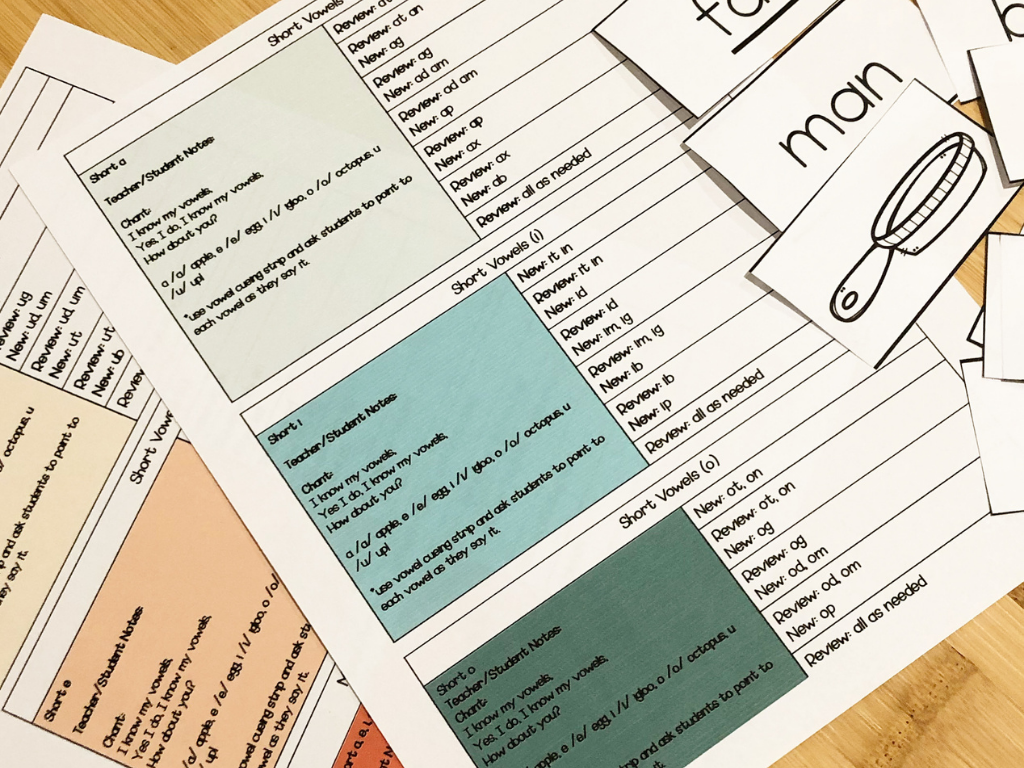What is Phonics?
What is phonics instruction? How can we use it to support our struggling readers? SO many teachers ask themselves this! As a new teacher, I was one of those people that questioned my phonics instruction. When I started teaching first grade, I was given a phonics program to follow with my students. What happened is that, I quickly realized phonics is not a one size fits all kind of program. Today, I am going to share with you the most important things to consider before you start phonics instruction in your classroom.
Before we dive in, let’s take a look at what phonics is.
Phonics teaches students to, connect letter sounds to written letters and then use that combination to produce and decode words.
When we use phonics instruction in our classroom, we give our students the tools they need to become stronger readers and writers. So, the big question is where do we start and how? I like to use this simple four step model. ASSESS, ANALYZE, PLAN and TEACH
ASSESS
I know, I know, assessments get a bad rap. It’s true. I bet you are thinking, how can I find time to assess my students on yet another assessment? Well, I am telling you like a friend tells another friend when they have spinach in their teeth, you need to make time for it! Phonics instruction is not possible without an assessment first.
Luckily, I have taken the guesswork out of the assessment for you. I use this short simple phonics assessment to figure out exactly what my students know and need to know. This assessment covers the beginning reader. Features included are initial consonants, final consonants, short vowels, and initial and final blends and digraphs.
ANALYZE
Now that you have given the assessment, it is time to analyze your students’ data. I like to look at each test individually. It is important to look at the following. What is the student using correctly? What are they using some but confusing? What are they omitting completely? I like to use this chart to help me organize my data.
PLAN
Now that we have assessed and analyzed our data, it is time to group our students based on their knowledge. I generally try to group students with common needs together. It does not have to be set in stone, but it gives you a starting point.
The next thing I like to do is make sure that my instruction is systematic. By systematic, I mean we have to follow a scope and sequence. There is a natural progression of skills that students learn as they begin their reading journey. First, they start to recognize letters and sounds. Once they put those letters and sounds together, they usually pick up on the initial and final consonants first. For example, an emergent speller may write the word (cat) as /c/ or /t/ or /ct/. As they progress, they will begin adding the medial sound /cat/. Once they have a solid foundation of this, they can begin exploring blends and digraphs. Because we know this is the natural progression, it is how we should lay out our instruction. I like to use this chart to help me.
I also like to plan ahead a little. This helps me to see where my students need to go. I write this down for each group in pencil because I know that it is subject to change depending on how quickly or (not so quickly) they get the skill.
TEACH
Now that we have planned out our instruction, it is time to teach. Nothing brings me more joy than bringing those sweet kiddos back to the table for reading groups. This is where the magic happens. This instruction has to be explicit and systematic. In my next post, I will be sharing some tips and tricks for making phonics stick! See you then!







